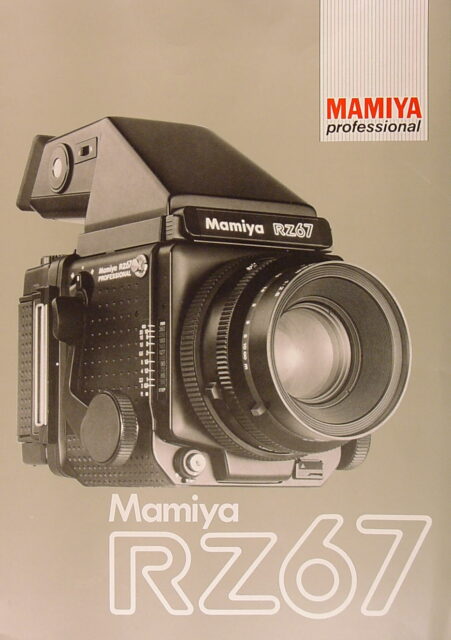In the early 1990s, I came across a photography book titled, ‘My Mamiya made me a Million’ by Keith Cogman. It offered a unique perspective on running a successful photography business. Cogman attributed a million UK Pounds in sales to his Mamiya, a renowned brand in the medium format cameras. As the Mamiya RZ67 was my primary camera back then, I was naturally intrigued by the book’s premise.

Fast forward to today, and digital cameras have taken over that role. It’s safe to say that over the years, my Nikons have generated significant revenue for me.
Back in the late 20th century, 35mm film was standard for PR and news clients, with a frame size of 24x36mm. High-end advertising and architecture projects demanded 4×5 inch large format film. Meanwhile, commercial and editorial photography often required medium format film, such as the 6x7cm format my Mamiya used.

In terms of image quality, digital cameras surpassed their 35mm film counterparts in the late 2000s. Today’s professional digital mirrorless cameras even outperform the legendary Mamiya medium format film cameras.
The cost of doing business differs between film and digital photography. Film cameras can last for decades, with image quality improving with advancements in film technology. Film was a consumable. On the other hand, digital cameras rely on the sensor for image quality and follow Moore’s Law, becoming obsolete within a few years. This makes digital cameras and their accessories, like computers and memory cards, depreciate rapidly. In the same span I owned the Mamiya RZ67, I’ve upgraded my Nikon digital camera eight times. Cameras are now the consumable.

While commercial photography can still be profitable in the digital age, it demands a different approach to calculating the cost of doing business. Digital photography offers superior image quality to clients but comes with higher costs for photographers. Unlike the decades-long lifespan of film cameras, digital cameras now require more frequent upgrades, every few years.
My Mamiya made me a million, and my Nikons have continued to generate millions since then.
